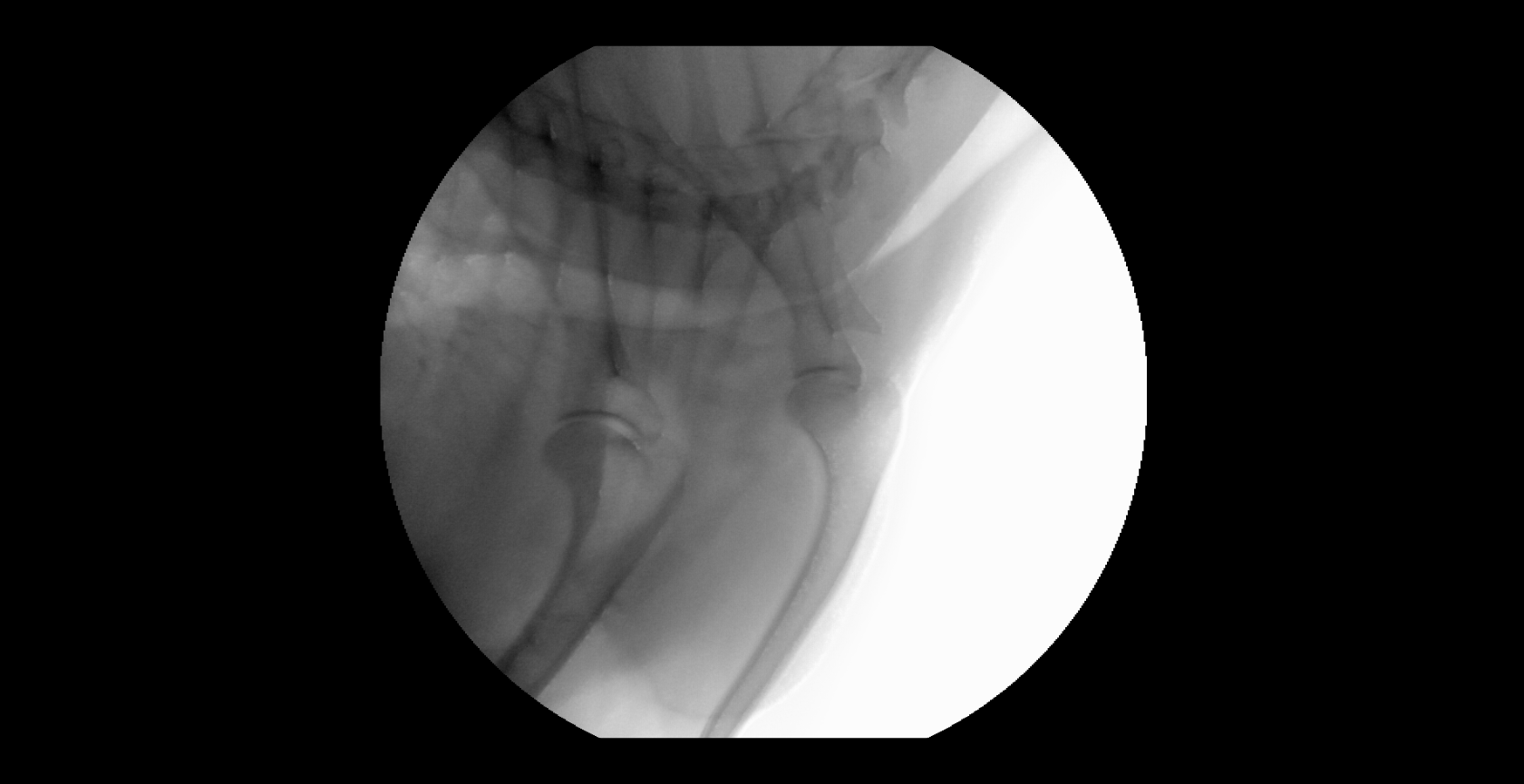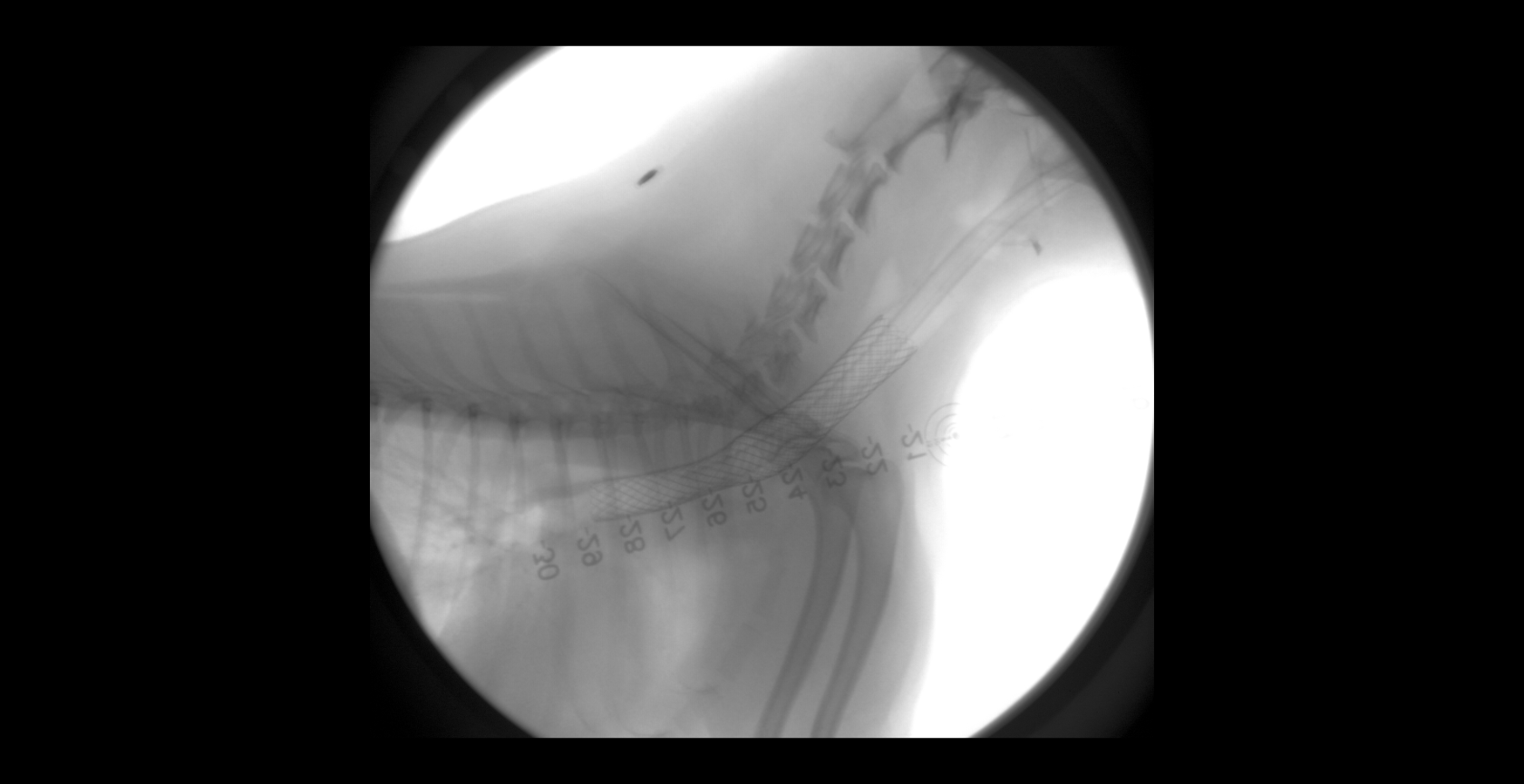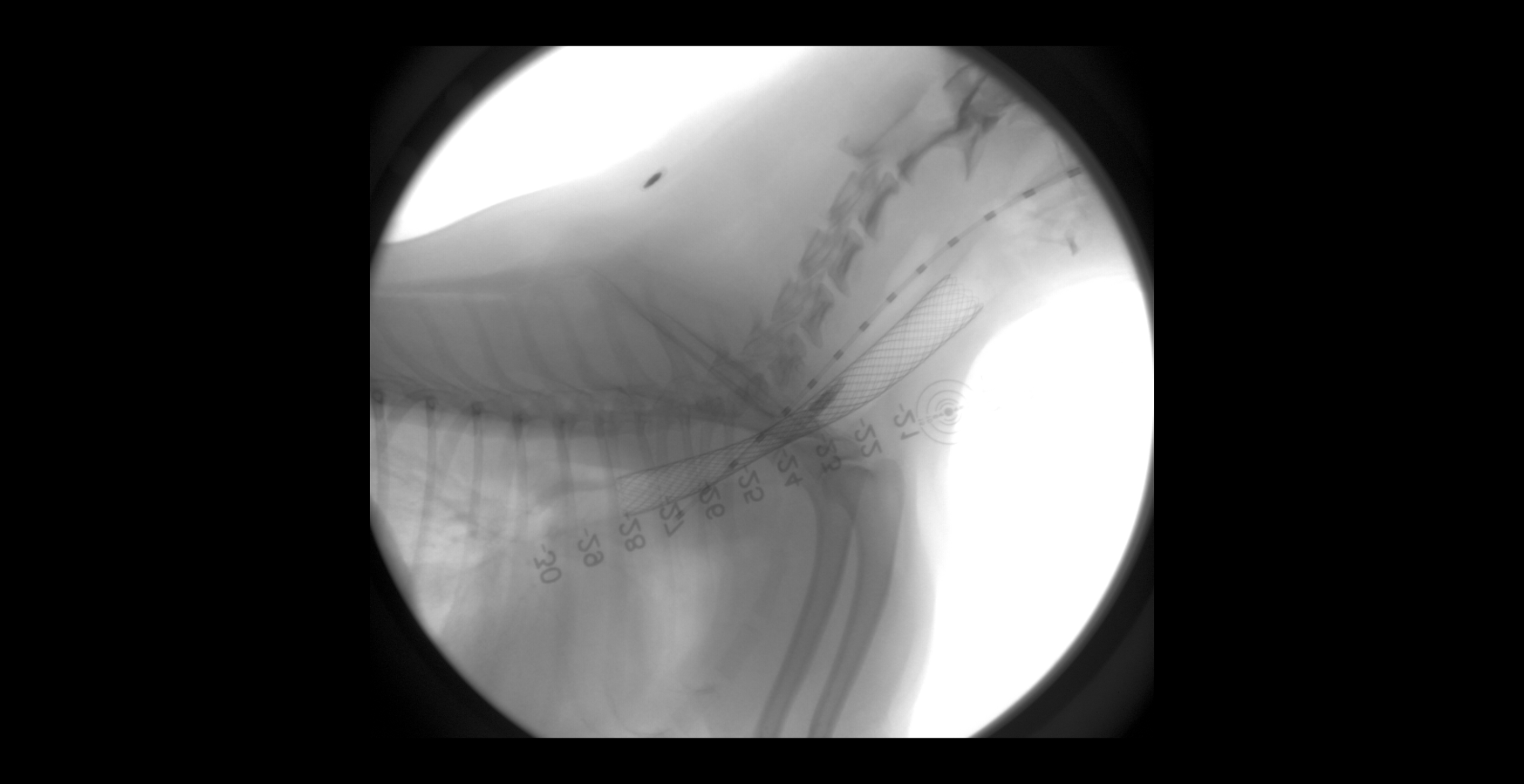Your Cat’s Procedure At MISCA
WHAT TO EXPECT
- Your cat will be placed under general anesthesia for the procedure. For more information about anesthesia and monitoring for your cat at MISCA, please visit our anesthesia for cats page.
- Your cat will recover in MISCA’s recovery ward with close monitoring.
- A personalized analgesic plan (plan for pain control) will be devised by your cat’s veterinary team according to diagnostic test results and procedural findings.
- You will be given detailed instructions regarding postoperative care.
- A trained technician will discuss the instructions with you prior to discharge.
- Although rare, your cat may benefit from transfer to a critical care facility for more intensive postoperative care. This will be discussed with you at the consultation if appropriate.
POTENTIAL COMPLICATIONS
In addition to the risk of anesthesia, your specialist(s) will discuss potential complications of the procedure at the consultation appointment. These may include any of the following:
- Hemorrhage (bleeding) – Most procedures have a low risk of bleeding, and your cat’s doctor will discuss this risk. Ask your pet’s specialist if you have any concerns about your cat having an increased risk of bleeding. Further testing or treatment may be indicated.
- Infection – Your cat will receive a preventative dose of an injectable antibiotic prior to the procedure. Additional antibiotics will be prescribed if there is a known or suspected infection. Continuation of an antibiotic is often determined by a culture taken at the time of the procedure.
YOUR CAT’S RECOVERY
- Thorough discharge instructions will be provided when you pick up your cat. A technician from your cat’s team will discuss the instructions and address any questions you may have.
- Take your cat straight home after discharge unless you need to stop and pick up prescriptions.
- Please give all medications as directed. If you have questions or concerns about the medications your cat is prescribed, contact MISCA immediately.
- Keep your cat INDOORS for at least 2 weeks after the procedure.
- Consider housing your cat in a small room or large dog crate to reduce activity and allow monitoring of appetite and eliminations.
- A pressure bandage may be on your cat’s leg in the location of where the IV catheter was removed. This should be removed when you get home to prevent complications.
- You may feed your cat a small meal after being home for 1-2 hours. If your cat refuses to eat or vomits, please wait approximately 24 hours before feeding.
- Fresh water and a clean litterbox should be readily available for your cat.




